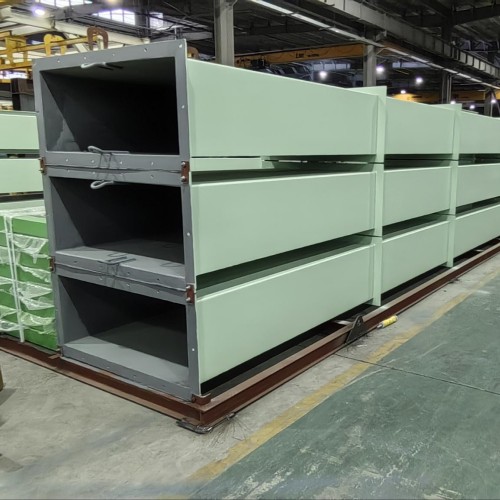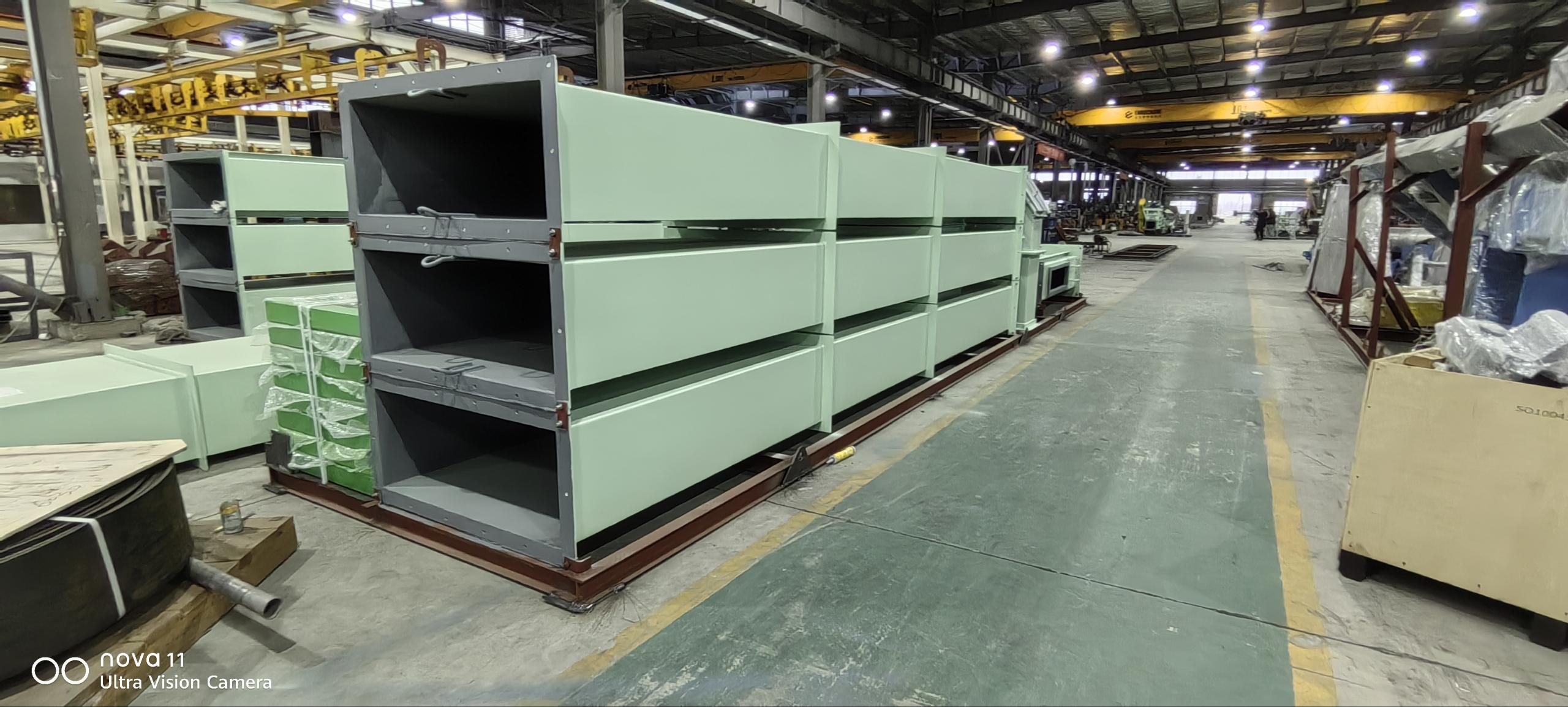
Wet slag conveyor for hazardous waste incineration plant
Wet slag conveyor for hazardous waste incineration plant
A water-sealed scraper conveyor is a specialized type of conveyor system used in waste incineration and other industrial processes where managing dust, fumes, and residue is crucial. Here’s a detailed look at how it works and its applications:
### **Components and Function**
1. **Conveyor Belt**: This is the main component of the conveyor system. It’s typically made of durable materials like steel or reinforced rubber to handle the harsh conditions in an incineration plant.
2. **Scraper Mechanism**: Scrapers are attached to the conveyor belt to remove residual materials such as ash or waste products that accumulate on the belt. This helps maintain the efficiency of the conveyor and prevents clogging.
3. **Water Seal**: The water seal is a key feature of this conveyor system. It involves a trough or chamber where water is used to create a seal that prevents gases, dust, and particulate matter from escaping into the atmosphere. The water also helps cool the conveyor components and manage temperature fluctuations.
### **How It Works**
- **Waste Handling**: Waste material is fed onto the conveyor belt. As the belt moves, the scraper mechanism ensures that any residues are continuously removed and managed.
- **Dust and Emissions Control**: The water seal helps to control dust and emissions by creating a barrier that captures and contains airborne particles and gases. The water in the seal can also trap and cool any hot gases that might otherwise escape.
- **Ash Removal**: In incineration plants, ash is a byproduct of the burning process. The scraper conveyor system moves the ash to designated collection areas, ensuring that it’s efficiently removed from the furnace area.
- **Maintenance**: The water seal system also helps reduce the wear and tear on the conveyor belt and associated machinery by preventing the buildup of hot or corrosive residues.
### **Applications**
- **Waste Incineration Plants**: In these facilities, a water-sealed scraper conveyor is used to handle and transport waste, manage byproducts, and control emissions.
- **Power Plants**: Beyond waste incineration, similar systems are used in power plants to handle ash and other residues from combustion processes.
- **Industrial Processes**: Any industrial process that involves the handling of particulate materials or requires emission control may use a water-sealed scraper conveyor.
### **Benefits**
- **Enhanced Safety**: By controlling dust and fumes, the system helps maintain a safer working environment.
- **Improved Efficiency**: Continuous removal of residues and effective emission control contribute to the overall efficiency of the incineration process.
- **Reduced Maintenance**: The water seal helps prevent excessive wear on the conveyor system, leading to lower maintenance costs and longer equipment life.
- **Environmental Compliance**: Helps meet environmental regulations by controlling emissions and reducing the release of harmful substances into the atmosphere.
### **Considerations**
- **Water Management**: Proper management of the water seal system is essential to ensure its effectiveness and prevent issues like clogging or overflow.
- **Maintenance Requirements**: Regular maintenance is needed to ensure the scraper mechanism and water seal are functioning correctly and to address any wear or damage.
Overall, a water-sealed scraper conveyor is a crucial component in managing the complex needs of waste incineration and similar processes, combining material handling with emissions control.





